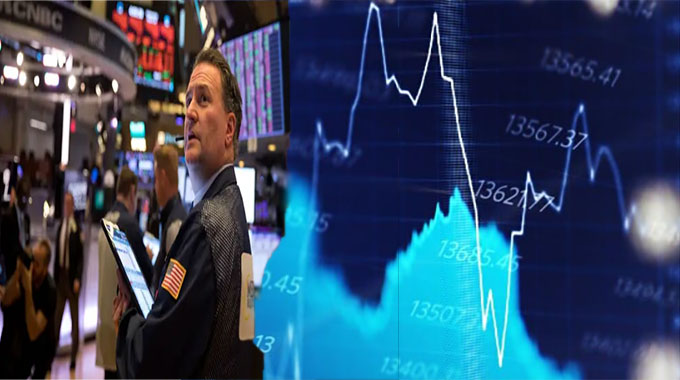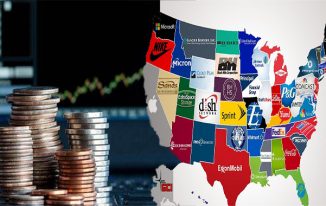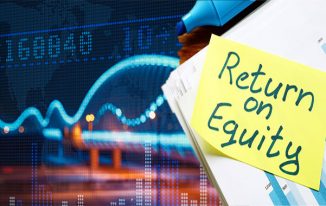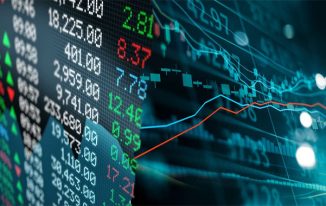Investors have been buying US stocks after market pullbacks for nine years. These after market trades will be posted between 4:15 p.m. ET and 3:30 p.m. ET the following day. After Hours trades are traded at a higher volume than regular market hours. After-hours trades are also more liquid. Despite the increased liquidity, there are risks associated with trading after market hours. In this article, we will examine the risks associated with this practice.
Share quotations increase liquidity in the after-hours market
The after-hours market for US stocks offers investors a wide range of opportunities to profit from the sudden changes in the price of a stock. In the US, stock prices are often affected by corporate earnings announcements, which can lead to a sharp increase in market activity.
However, this activity is not as predictable as that of the regular market. Share quotations show the market’s reaction to new information, which makes them less reliable as a reflection of the stock price when the next regular session opens.
The after-hours market for US stocks has been affected by the heightened volatility, with many traders describing price gaps as “air pockets”. This is a result of large-scale stock trades in the so-called block market, where brokers help make major purchases in a company’s stock. These trades can range from hundreds of millions to billions of dollars. Traders are bracing for more volatility, as the market is increasingly volatile and prices are not reflecting the risks associated with a stock.
As fewer investors participate in the after-hours market, liquidity will be lower. Because market makers aren’t involved in the transaction, prices will fluctuate and fewer investors will show up to place orders. As a result, it’s critical that you’ve got enough capital and knowledge to make money in this after-hours market. However, after-hours trading can be risky, and many investors have reported experiencing a loss.
Investors have relentlessly bought us stocks after market pullbacks in the past nine years
For the past nine years, investors have aggressively bought us stocks when prices were at their lowest. Despite these conditions, the market has been a refuge for speculators who seek certainty. The influx of retail investors into the market has been enormous, with the fear of missing out driving many to act now. But while retail investors may be behind the latest upsurge in the market, they have been consistently active since the pandemic. This shows that retail investors are committed to buying stocks on the dip and are willing to spend a bit more in the future if prices rise. Since the pandemic, retail investors have been adding roughly $1 billion daily to the stock market, and their net inflows have averaged $360 million a day during the past year.
Risks of trading after market
Whether you’re a first-time investor or a professional trader, there are risks associated with trading US stocks after market hours. Price volatility is higher, competition is more intense, and prices are less predictable. This can cause unexpected price swings that will surprise even the most experienced investor. Listed below are some of the risks associated with after-market trading. While this list is not exhaustive, it should give you an idea of what to expect.
After-hours trading occurs right after the market closes, so you can react to breaking news and events in real time. The US market opens at 9:30 a.m. Eastern Time, and closes at 4:00 p.m. Eastern Time. Because many investors are working during these hours, it’s not uncommon for after-hours trading to happen. This is because you can place orders after the market closes.
Since the after-hours stock market is much less liquid than the regular market, it can be harder to judge limit orders. Since most stocks are traded in a bid-ask spread that can be so large that a truck can drive through it, a good rule of thumb is to use limit orders. These orders only allow you to trade a specified amount, and the market can be unpredictable. However, when you trade after market hours, you should always use limit orders, which will ensure that your trade is executed at the price you set. This is because the after-market stock market can often have wide spreads and fluctuate wildly.













